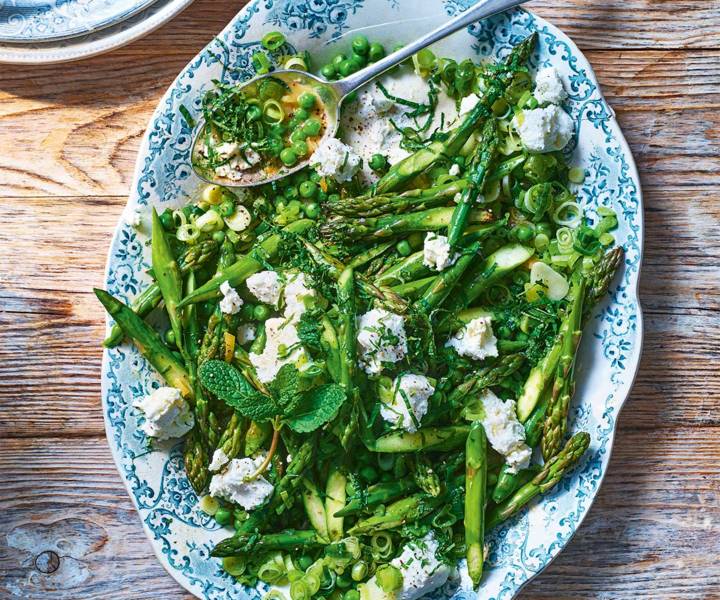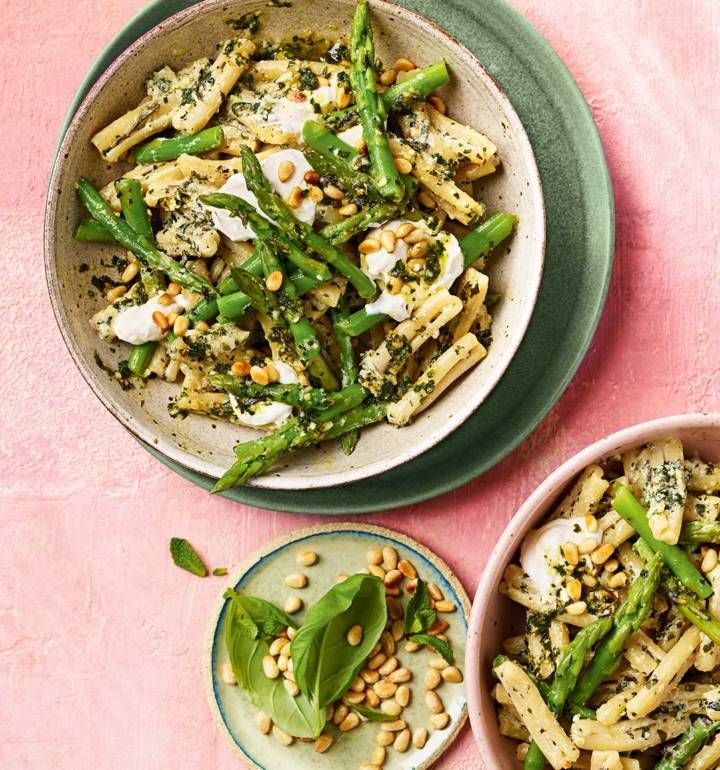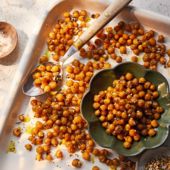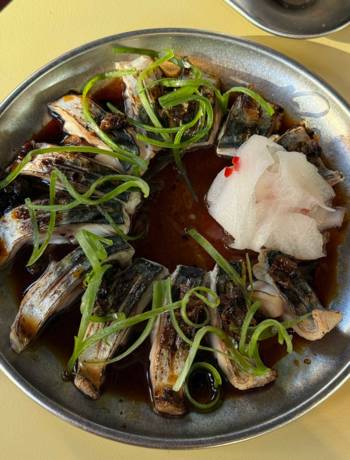Food
On your marks, get set, grow – how to make the most of the short British asparagus season
by Tom Shepherd

For plenty of chefs, the arrival of British asparagus each year is a mark of the start of spring. The unusually speedy way that these green spears grow means that the season is abrupt, and we only get a short window to enjoy them. Of course, these days you can find asparagus in stores at any time of year, perhaps grown in Peru, Mexico, Italy or Spain, but for many the British crop is worth waiting for. And while this veggie is delicious when doing its own thing, its subtle flavour lends itself to an abundance of springtime and summery recipes. Here are some tips (no pun intended) for getting the most out of the season.
When is British asparagus season?
The British asparagus season traditionally begins on St George’s Day, on 23 April. As greens go, it’s a quick one. Growers affectionately call it the Usain Bolt of vegetables, as the verdant spears can gain up to 10cm a day. Just like an Olympic sprinter, the plant expends its energy fast, making the farming window short-lived. It’s harvested by hand, and the last cuts are typically made on midsummer’s day (24 June). This gives the plant time in the sun to stock up energy reserves for the following year – when it will do it all again.
Why are there different colours of asparagus?
Asparagus comes in three colours – green, white and purple. Asparagus from the UK is usually green. It’s grown outside and exposed to sunlight – the chlorophyll it produces is what gives it that verdant shade. White asparagus, which is particularly popular in the Netherlands, is force-grown underground in the dark, preventing photosynthesis. It has a milder taste and is often thicker than green varieties. Purple asparagus develops its deep tint due to anthocyanins, the same pigments in red cabbage and berries. It has a higher sugar content than green asparagus, with a slightly sweeter, nuttier taste.

How to prepare asparagus
When asparagus is in season, it really shouldn’t need a lot of prepping. You only have to remove the woody ends. The best method for this is to gently bend the spear until it snaps – it will naturally break where the woody part begins. ‘A common mistake people make is to peel the asparagus, which it absolutely doesn’t need when it is in season,’ says Michelin-star chef Paul Ainsworth, who regularly puts British asparagus on the menus across his three restaurants in Cornwall when it’s available. ‘There is so much flavour and vibrant colour in the skin, which would be a huge waste to get rid of. And if it is out of season… then you probably shouldn’t be eating it anyway!’
How to cook asparagus
British asparagus is considered some of the best in the world – and the thinking is you shouldn’t do too much to overpower its flavour. Chef Paul advises a simple touch if you’re cooking asparagus at home. ‘A tiny bit of water in a sauté pan, with a little bit of butter and salt, put the lid on and steam it,’ he says. ‘This way you don’t lose any of the flavour in a huge pan of water. It doesn’t take long to cook at all - the tip of your knife should just easily slide through the stalk when it is done. Finish it with a little more butter, a sprinkle of sea salt and a crack of pepper. Perfection.’
Feeling inspired?
Here are some of our favourite asparagus recipes to try.












